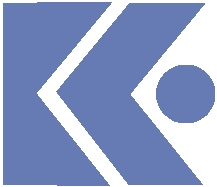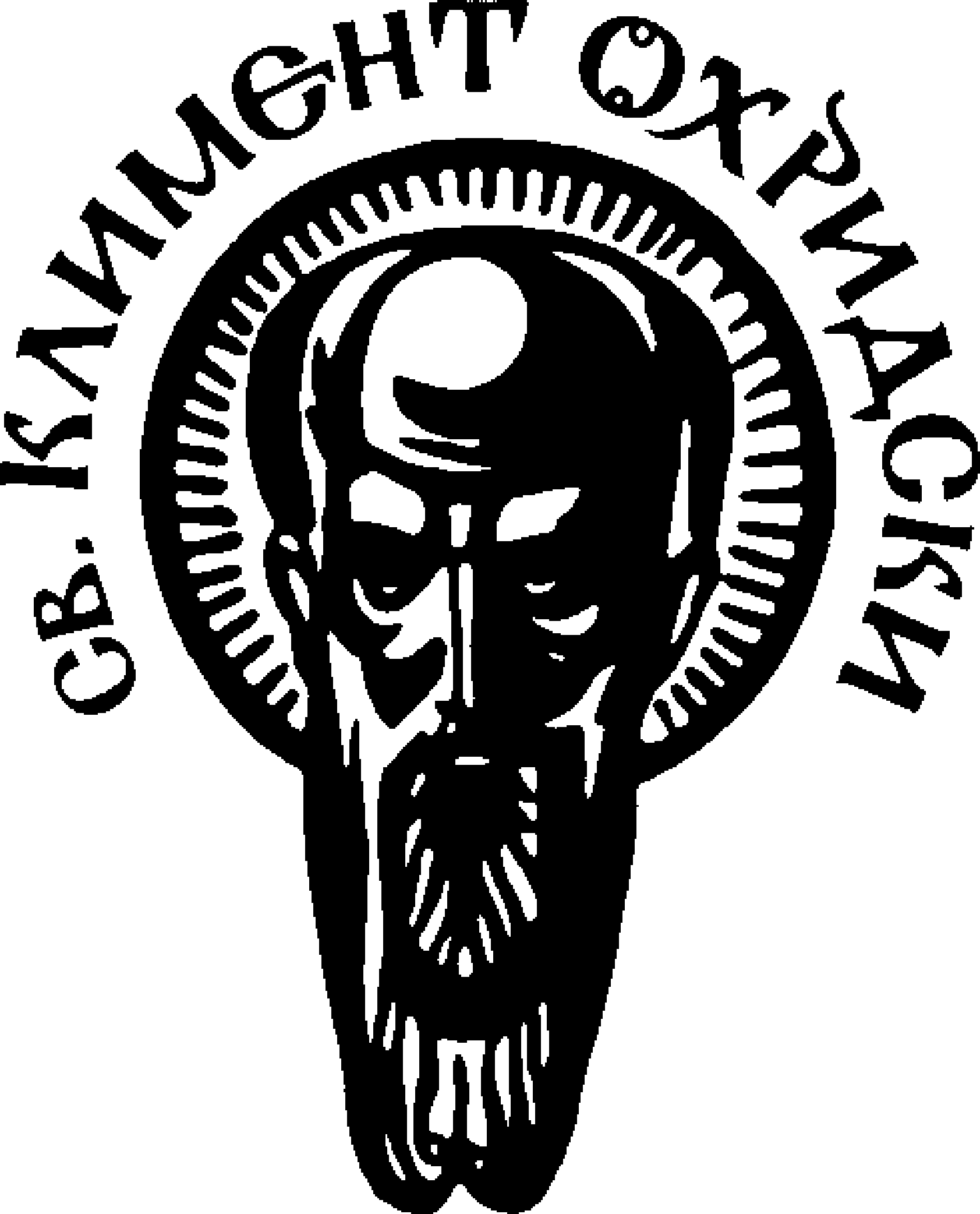Проектът се осъществява с финансовата подкрепа на
Оперативна програма „Развитие на човешките ресурси”, съфинансирана от Европейския социален фонд на Европейския съюз. Процедура за директно предоставяне на безвъзмездна финансова помощ: BG051PO001-3.3.06
„Подкрепа за развитието на докторанти, постдокторанти, специализанти и млади учени”
Оперативна програма „Развитие на човешките ресурси”, съфинансирана от Европейския социален фонд на Европейския съюз. Процедура за директно предоставяне на безвъзмездна финансова помощ: BG051PO001-3.3.06
„Подкрепа за развитието на докторанти, постдокторанти, специализанти и млади учени”
Обща цел: Създаване на следващо поколение специалисти в стратегически важна за икономиката на страната област – съвременни материали за опазване на околната среда.
Специфични цели:
Специфични цели:
- Подобряване качеството на обучение чрез надграждане на фундаменталните знания и достъп до апаратури, които са уникални за страната;
- Повишаване конкурентноспособността на членовете на целевата група чрез ориентиране на обучението им към изискванията на бизнес средите;
- Подготовка на кадри за реализация в новосъздаващите се технологични паркове чрез насочване на обучението към внедряване на краен продукт;
- Интегриране на членове на целевата група в европейската научно-изследователска общност чрез улесняване на мобилността им.
- Подобряване на социалния статус чрез усъвършенстване на презентационните умения и разширяване на езиковата култура.
Основни дейности:
- Дейност 1 – „Подкрепа на нови и започнали докторски програми”, съгласно програмна акредитация на ИОНХ – БАН и ИК-БАН по научните специалности:
- 01.05.02 „Неорганична химия”;
- 01.05.16 „Химична кинетика и катализ”;
- 01.05.18 „Химия на твърдото тяло”.
- Дейност 2 - „Програми за развитие на постдокторанти и млади учени”:
- научна област: съвременни материали за опазване на околната среда;
- приоритет на обучението: надграждане на фундаменталните знания, разширяване на практическите умения и с оглед ориентирането им към потребностите на бизнес средите.
Продължителност на проекта: 04 октомври 2012 - 04 юни 2015
Последна актуализация: 04.09.2014
Настоящият сайт е изготвен с финансовата помощ на Европейския социален фонд и РБългария
по Оперативна програма “Развитие на човешки ресурси” 2007-2013, Проект: BG051PO001-3.3.06-0050.
по Оперативна програма “Развитие на човешки ресурси” 2007-2013, Проект: BG051PO001-3.3.06-0050.




